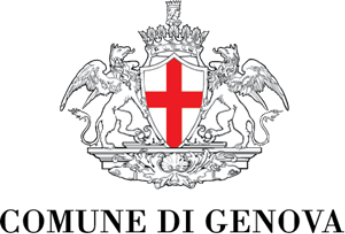Click here to view image
Stable with two animals and three figures
Palizzi, Filippo
painting
1871 - 1871 - XIX
GPB 740
Unità di misura: UNR; Misure mancanti: MNR
olio su tela
Skilled in the analytical representation of the natural datum, it is well known how Filippo Palizzi loved, in the pursuit of this goal, to make his own working tools, brushes and palette knives, as recalled by his painter friend Domenico Morelli. Exemplary of this desire are the two paintings selected by the Frugone brothers, in which animal hair, hay threads, even the cracks in the walls testify to his ability to make painting “tactile,” rendering to perfection the feeling of roughness or softness of each element. The painting depicts the interior of a stable with two donkeys and three figures.



